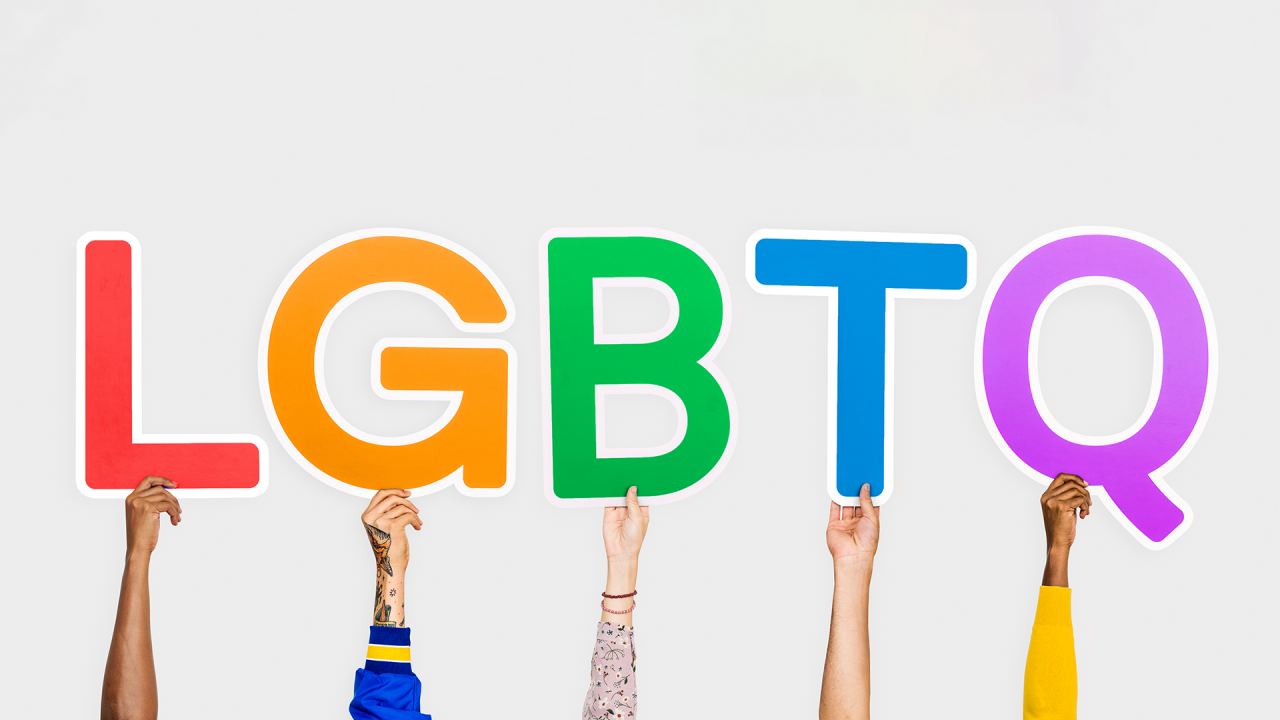In a study conducted by the Guardian Workplace in 2020, it was identified that around 12 million people in the US workforce have identified themselves as LGBTQ+. Although most organizations in the US have recognized & addressed the issues LGBTQ+ communities face at the workplace, they still face a lot of hostility. Owing to which, around 53% of the LGBTQ+ workforce choose not to reveal their identity.
While non-discrimination policies & a LGBTQ+ inclusive organizational culture can build an inclusive work environment, there is still a lot more to be done. To build an LGBTQ+ inclusive work environment, organizations need to invest in Diversity & Inclusiveness (D&I) programs that are more focused on LBGTQ+ inclusiveness in workplaces.
The overlooked importance of LGBTQ+ inclusion in workplaces
An individual's talent or contributions to the organization aren't in any way related to their gender identity or expression.It took almost two decades, millions of dollars on awareness programs, legal battles, and campaigns calling for equality for the world to accept it. As a result of which, organizations across the world, including the fortune 500 companies have become more diverse and have made LGBTQ+ inclusiveness an integral part of their workplace culture.
While LGBTQ+ inclusiveness is focused on creating a healthy environment for LGBTQ+ community to thrive, it can also help organizations boost their revenue.
In a report published by McKinsey on workplace diversity, it was identified that diverse workspaces financially outperformed the lesser diverse ones.

Enter your caption here
Four ways to ensure LGBTQ+ diversity in your workplace

1. Developing an LGBTQ+ Inclusive Policy
Having an LGBTQ+ inclusive company culture & policy is one thing that can ensure LGBTQ+ inclusiveness in an organization. But just because an inclusiveness policy is there on paper won't do the job. Instead, D&I training specifically addressing LGBTQ+ inclusiveness has to be carried out on a regular basis.
2. Training/Awareness Programs
LGBTQ+ inclusiveness training program should cover everything from the basics including what does LGBTQ+ mean, and the importance of respecting others' gender identity and expression.
The training team needs to ensure that the training programs are exclusively designed for the different teams in your organization. For instance, the HR team has to be trained on the importance of hiring LGBTQ+ talents, preparing LGBTQ+ friendly interview questionnaires, handling harassment against LGBTQ employees, and more. Whereas, the employees on the production floor have to be trained on how to address LGBTQ+ employees, challenges faced by the LGBTQ+ community, and the importance of treating them equally as they do others.
Start training your employees now
3. Exchange Programs
Collaborating with NGOs, LGBTQ organizations, and charities to conduct programs that encourage both LGBTQ and non-LGBTQ employees to participate in events will help organizations better train employees to foster an inclusive atmosphere.
4. Usage of gender-neutral language
The importance of gender-neutral languages in official documents & contracts often tend to be overlooked. For instance, instead of using he/she in generic documentation, using "they" would create a gender-neutral atmosphere in workspaces. While all these might seem to be too small to be effective, little steps like these can contribute a lot to creating an inclusive workspace environment.
The Four Benefits of LGBTQ+ Inclusion in Diversity Training

1. Safer work environments
In a research conducted in 2020 by American Progress, it was found that one out of every three LGBTQ+ Americans faced discrimination based on sexual orientation or gender identity. Owing to which the members of the LGBTQ+ community are forced to hide their gender identity & expression, fearing harassment from their co-workers.
By adding LGBTQ+ inclusion as an integral part of your D&I training, organizations can make their workspaces safer from harassment, bullying, and even physical violence for all employees irrespective of their gender identity or expression.
2. Build stronger relationships
In an organization where their workforce has been trained on inclusiveness, members of the LGBTQ+ community do not have to worry about maintaining a good relationship with co-workers. The absence of an inclusive work environment will lead to LGBTQ+ employees hiding their identity or refraining from personal conversations which often ends up in dissatisfaction at work.
How far do you think an unsatisfied & stressed-out employee can contribute at work?
Start your LGBTQ+ inclusiveness training now
3. Attract Better Talent
The gender identity or expression of an employee is in no way connected to their talent or contributions to the organization. By fostering an inclusive work environment, organizations can better attract new talents. In fact, it's not just the members of the LGBTQ+ community that researches the organizational culture before joining. Instead, there are people outside the LGBTQ+ community who prefer to work in an inclusive environment.
4. Generate more revenue
In a survey conducted in 2019, it was estimated that the LGBTQ+ community had $3.7 trillion in purchasing power in the US. Most LGBTQ+ customers check for the inclusiveness policy of brands before they make a purchase decision. With all the harassment LGBTQ+ employees face at the workplace, fostering an inclusive environment would eventually gain you recognition among the LGBTQ+ community and boost your sales.
To sum up
After years of struggle, the LGBTQ+ community is finally getting the respect & equality they deserve. With organizations across the globe becoming multicultural, they also have to take steps to ensure that they nurture an LGBTQ+ inclusive environment in their workspaces.
In this pride month, let's take a step towards building a more inclusive workspace environment and addressing the challenges the LGBTQ+ community face in their work environments.
Start your Diversity & Inclusiveness Training With BrainCert










